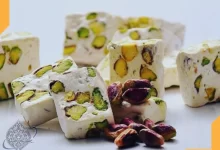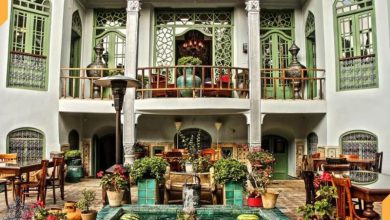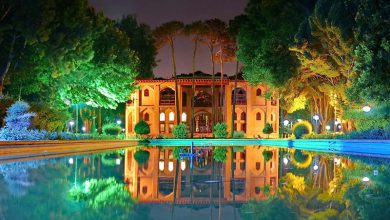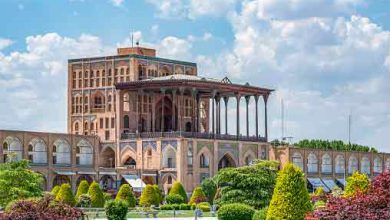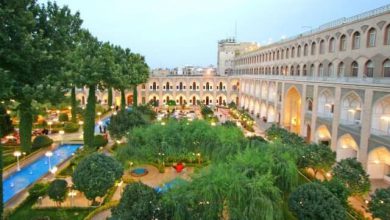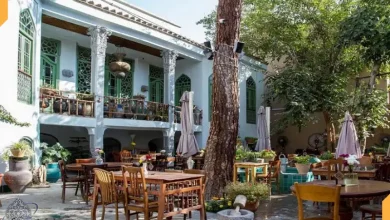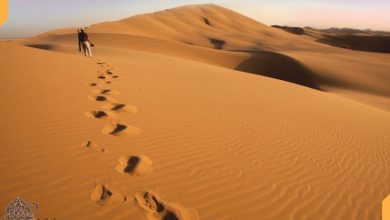Isfahan Handicrafts

In the following, we introduce a number of the most famous Isfahan handicrafts. Of course, if you want to get familiar with the list of attractions of this city, along with acquaintance of (Isfahan)half of the world’s handicrafts, you can go to the page of spectacular places and the entertainments of Isfahan and gain complete information about them.
Isfahan inlaid- work (Khatam Kari)
Inlaid- work (Khatami Kari) is one of the original and old arts that the surface of different objects are being decorated with geometrical patterns of equilateral triangles in it.
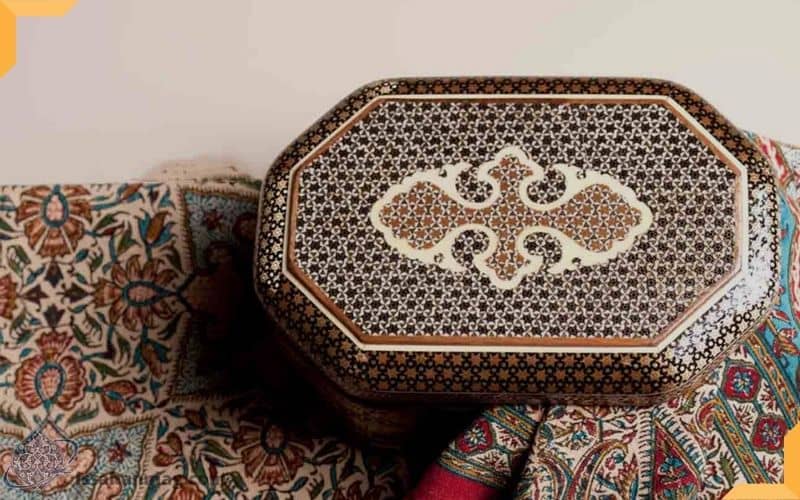
These triangles have different designs and consistently, get designed in the form of regular geometric shapes.
The patterns of inlaid (Khatam) are from ivory, bone, wood, and brass wire, and they are attached to the external surface or internal and external surface of different objects.
Isfahani artists are one of the leaders of the inlaying (Khatami Kari) profession and you can see different kinds of this art in various forms in the Isfahan bazaar and buy it.
Read more:
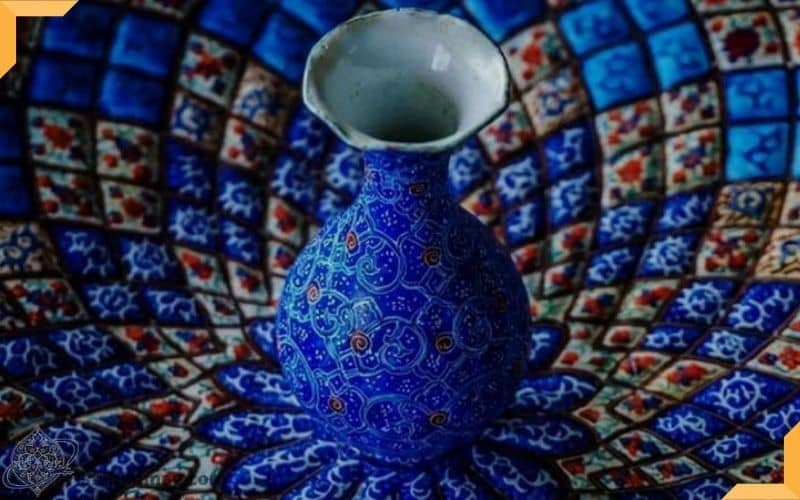
Isfahan enamel-work (Mina Kari)
Enamel- work (MinaKari) or enamel-making (Mina Sazi) is a 5000 years old art in Iran that it is used for decorating jewelry, decorative objects, doors, windows, and dishes.
Today, this art is used more for the decorating of copper, but it’s also applicable to gold and silver.
The products of this art are produced in many parts of Iran, but Isfahan is considered as the center of production of enamel- work (Mina Kari) in Iran, and in this context, it has placed distinguished professors in itself.
Isfahan copper- smithing (Mesgari)
Copper-smithing (Mesgari) is one of the old handicrafts of Iran that its background is reaching to 5000 years ago and during it, the copper tools including dishes, decorations and etc.
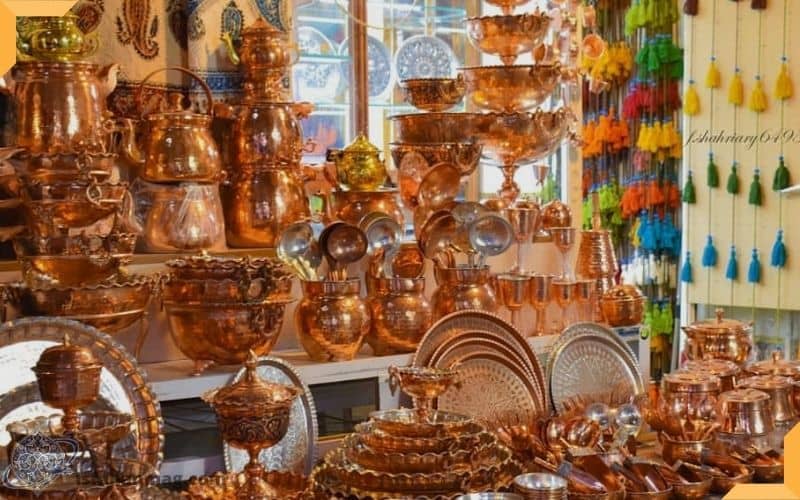
were being produced. Copper-smithing (Mesgari) is common in many parts of Iran and Isfahan is among the major centers of this art.
Isfahan emboss-work (GhalamZani)
One of the most prosperous courses of Isfahan handicrafts is embossed- work (GhalamZani) that it is decorating silver, copper, and brass products with special patterns.
The artists are carving the patterns of flowers and birds, beautiful Persian poems or verses, and narrations with a special tool and entering strokes on the different surfaces.
For observing the effects of this art, go to the Naghsh-e Jahan square and follow the sound of beating a pen on the copper.
The traditional fabrics of Isfahan
Among the products that are selling in the bazaar, it is impossible that you didn’t see the pretty fabrics. The fabrics that are more found in two kinds:
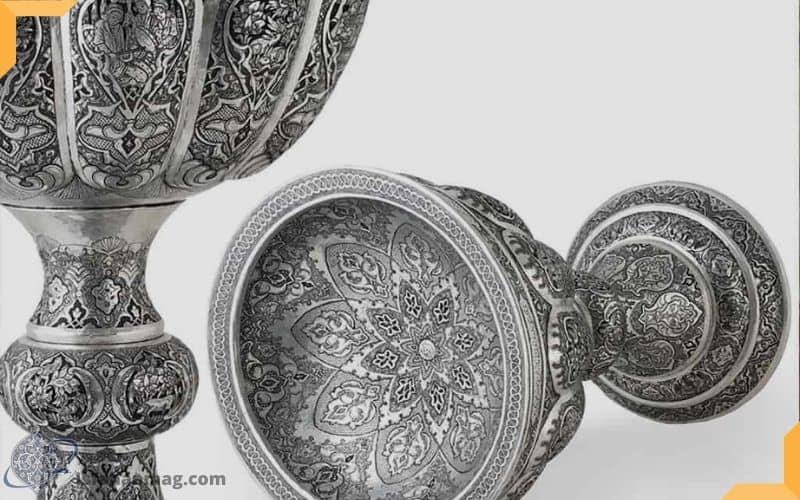
1. Cretonne (Ghalamkar Fabrics)
Engraving (Ghalamkar Sazi) has a long history in Iran and its golden period began from the Safavid era and it continued until the Qajar era.
This art includes printing or embossing on the fabric that it is also famous to “Chitsazi”.
In this art, the patterns like:
- historical scenes
- domestic and wild animals
- miniature
- industrial hunting ground
- musicians
- fireclay and arabesque
- pictures of Irani lovers
- historical subjects and events
- epic stories of Ashoora
- etc.
are being engraved on the fabric with a special tool.
What is selling today as the cretonne in Isfahan, includes patterns of paisley and has different usages?
2- Lame (Zarbaf Fabrics)
Lame (Zarbaf), Brocade (Zarbaft), or lame weaving (Zari Bafi) is one of the courses of handicrafts that as a result, a unique fabric is being produced.
Lame (Zarbaf) is an elegant and precious fabric that is a warp of pure silk and its wefts of colorful silk. Meanwhile, one of the wefts should be of Golabton making thread (Braiding) that exists in the form of silver and gold.
Lame (Zarbaf) is the most exquisite and legendary, Irani fabric that in its prosperous times had a global reputation.

Turquoise Inlaying (Firouze Koubi)
Turquoise Inlaying (Firouze Koubi) is the name of the common arts in Isfahan that a few artists are creating works in it.
Master workmen by using this art, are decorating jewelry and dishes like plates, glass, rose-water sprinklers and etc. with turquoise stone.
In this art, small pieces of turquoise stone are set in mosaic mode on the surface of dishes, jewelry, and decorative objects. This work is done on the copper, brass, silver, warsaw, or bronze surfaces.
Gold- smithing
In the Isfahan bazaar, you will see a gold-smithing that has been exhibited very beautifully and is eye-catching jewelry. Goldsmithing is one of the important arts of Isfahan city and several workshops are working in this context.
There is also another industry that it’s dependent to gold and named “Gold pounding on steel”.

Silver and Filigree (Malileh Kari)
Silver jewelry has also its special fans in Isfahan and meanwhile, the art of filigree (Malileh Kari) with silver is also more common.
This art is the product of working with gold, silver, and copper wires that by spending time and super precision, in a completely artistic way, are intertwined on the mold of the intended product in the form of traditional and arabesque designs.
Penner-making (Ghalamdan Sazi)
Penner (Ghalamdan) is a box of wood, paperboard, or papier-mache that is being used for keeping the special pens of calligraphy and writing tools.
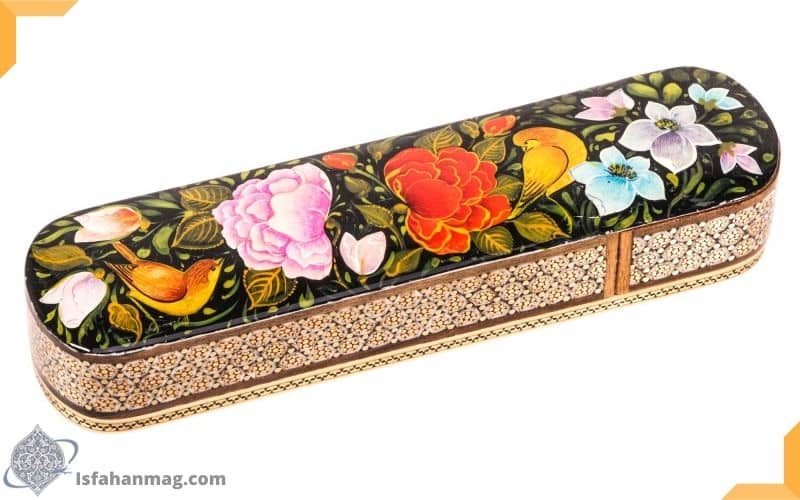
The penner (Ghalamdan) is decorated with different patterns from herbal and geometric patterns, human shapes, birds, or animals and it is considered as one of the important handicraft of Iran.
In Isfahan, penner-making (Ghalamdan Sazi) is one of the affluent arts and industries that attract many people.
Cloak weaving (Aba Bafi)
Cloak weaving (Aba Bafi) is one of the common handicrafts in Isfahan province, Nain City that it is very old. The cloaks of this city are woven in colors of scarlet and brown and by using wool and fur.
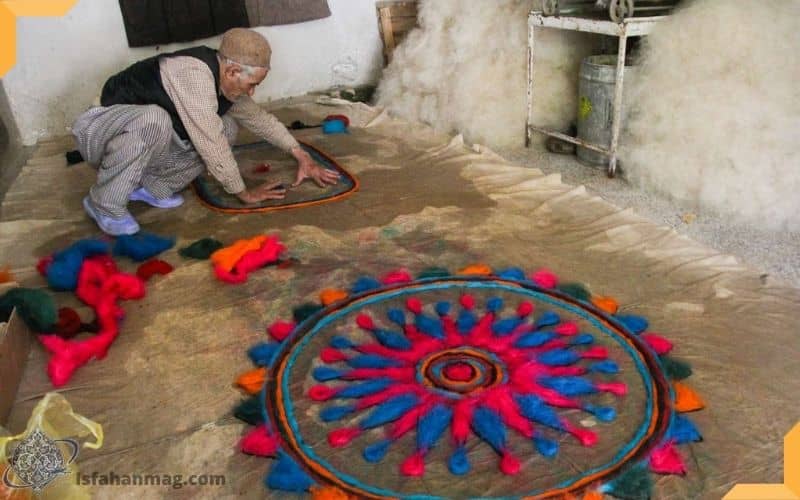
Felt- making (Namad Mali)
Felt is a kind of ground cloth that produced from wool that is common in many parts of Iran and Isfahan.
For producing this ground cloth, the action of weaving doesn’t take place, but by making pressure, moist and heat, it causes that the wool fibers being mixed up.
The felt is cheaper than carpet, but for producing both in the same size, the wool used in equal amount.
Carpet weaving
Isfahan was considered as one of the major centers of carpet weaving in the Safavid period of rule and there was many workshops there.
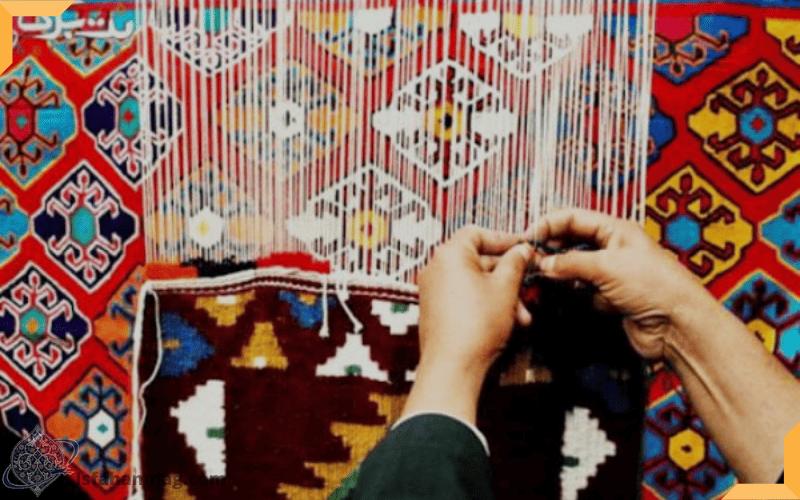
The most important carpet-weaving production of these workshops was the Lame Carpet which was one of the famous handicrafts of that time.
Read more: Isfahan Carpet
During the attack of Afghans, many artists and craftsmen lost their job, but with the passing of time and in the Qajar period, the carpet waving of Isfahan was reborned.
Today, the city of Maymeh is one of the important centers of the production of handicraft carpet in the Isfahan province.
Pottery and ceramics
Pottery and ceramics is seen in the Isfahan city and also in the cities of “Natanz” and “Shahreza”.
Shahreza is one of the important centers of Ceramics in Iran and its products, attract many buyers. The patterns of fireclay and fish are seen in the potteries of this city.
Other arts and isfahan handmade (handicrafts):
- Painting
- Miniature
- Diaphoretic (Moaragh)
- Wood Carving (Monabbat)
- Giveh weaving and embroidering (Giveh Douzi)
- Calligraphy
- Embroidered fur (Poustin Douzi)
- Golabton making (Braiding)
- Kinds of traditional Roudouzi (needle- work)
Frequently asked questions:
Which handicrafts of Isfahan are best for gift giving?
Isfahan handicrafts are so diverse and beautiful and according to your own taste, you can select one between the products of enamel-working (Mina Kari), emboss-working (Ghalam Zani), turquoise inlaying (Firouzeh Koubi), cretonne tablecloths (Sofrehaye Ghalamkari), coppersmithing (Mesgari), copper and inlaid (Khatam), copper and Pardaz, the arts of diaphoretic (Moaragh) and wood carving (Mohabbat).
Which handicrafts of Isfahan are the cheapest?
Inlaid-working (Khatam Kari) is one of the cheapest and most popular handicrafts of Isfahan.
How old is the art of copper-smithing?
Copper-smithing (Mesgari) is one of the old, Irani handicrafts, which antiquity is more than 5000 years ago.
What is the art of embossing- working?
In fact, emboss-working (Ghalam Zani) is a kind of delicate engraving on metals (copper, gold, silver and brass).
Conclusion:
The Isfahan handicrafts(Isfahan handmade) are so diverse and pretty and you can buy them from Isfahan’s bazaars, Naghsh-e Jahan square and other stores of the city.
For buying Isfahan Handicrafts, initially, you should determine your budget and then select among the products of enamel-working (Mina Kari), emboss-working (Ghalam Zani), turquoise inlaying (Firouzeh Koubi), cretonne tablecloths (Sofrehaye Ghalamkar), copper- smithing (Mesgari), copper and inlaid (Khatam), copper and Pardaz, the arts of diaphoretic (Moaragh) and wood carving (Mohabbat).
It is necessary to know that each of the produced products has a different quality rating. Whatever the executive precision and elegance of handicrafts be higher and the raw material used in it has desirability and higher quality, the price and artistic value of the products gets more.
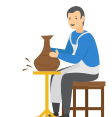 If you have more information about Isfahan Handicrafts or you know an art that is not referred in this article, share your information with us and other users in the comments section of this article.
If you have more information about Isfahan Handicrafts or you know an art that is not referred in this article, share your information with us and other users in the comments section of this article.
